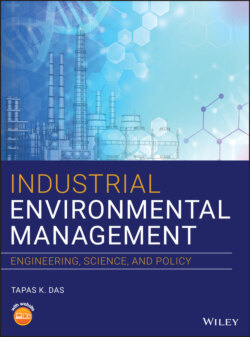Читать книгу Industrial Environmental Management - Tapas K. Das - Страница 156
2.14.7 Administration
ОглавлениеIn the United States, responsibilities for the administration of environmental laws are divided between numerous federal and state agencies with varying, overlapping, and sometimes conflicting missions. EPA is the most well‐known federal agency, with jurisdiction over many of the country's national air, water, and waste and hazardous substance programs (USEPA 2017a, b). Other federal agencies, such as the U.S. Fish and Wildlife Service and National Park Service pursue primarily conservation missions (US Fish & Wildlife Service 2018; US National Park Service 2018), while still others, such as the United States Forest Service and the Bureau of Land Management, tend to focus more on beneficial use of natural resources (US Bureau of Land Management 2018; US Forest Service 2018).
Federal agencies operate within the limits of federal jurisdiction. For example, EPA's jurisdiction under the CWA is limited to “waters of the United States.” In many cases, federal laws allow for more stringent regulation by states, and of transfer of certain federally mandated responsibilities from federal to state control. US state governments, therefore, administering state law adopted under state police powers or federal law by delegation, uniformly include environmental agencies (USEPA Heath and Environmental Agencies 2018). The extent to which state environmental laws are based on or depart from federal law varies from jurisdiction to jurisdiction.
Thus, while a permit to fill nonfederal wetlands might require a permit from a single state agency, larger and more complex endeavors – for example, the construction of a coal‐fired power plant – might require approvals from numerous federal and state agencies.
